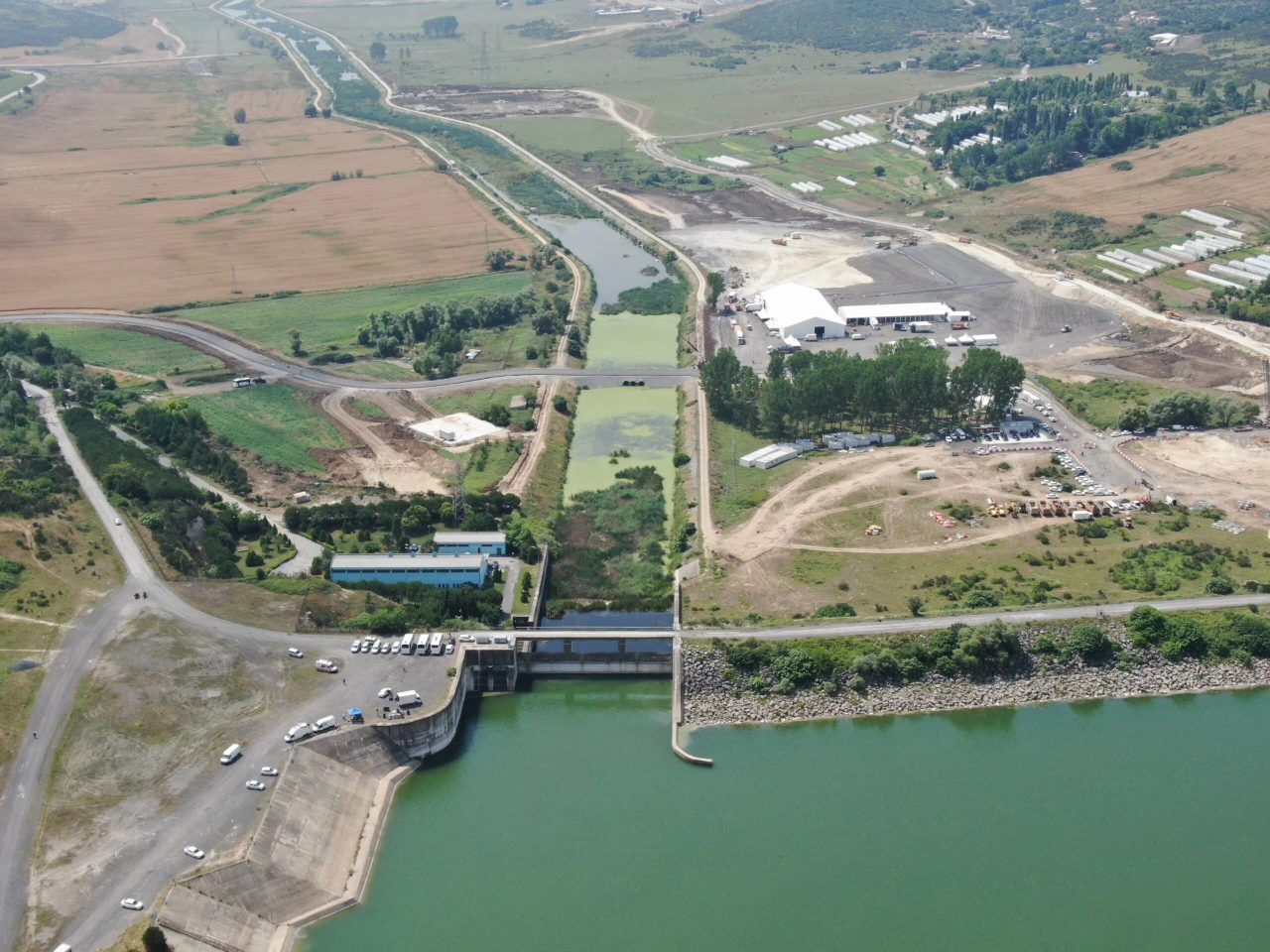What secrets does 2,100-year-old Alexander Mosaic reveal about Türkiye’s historic battle?
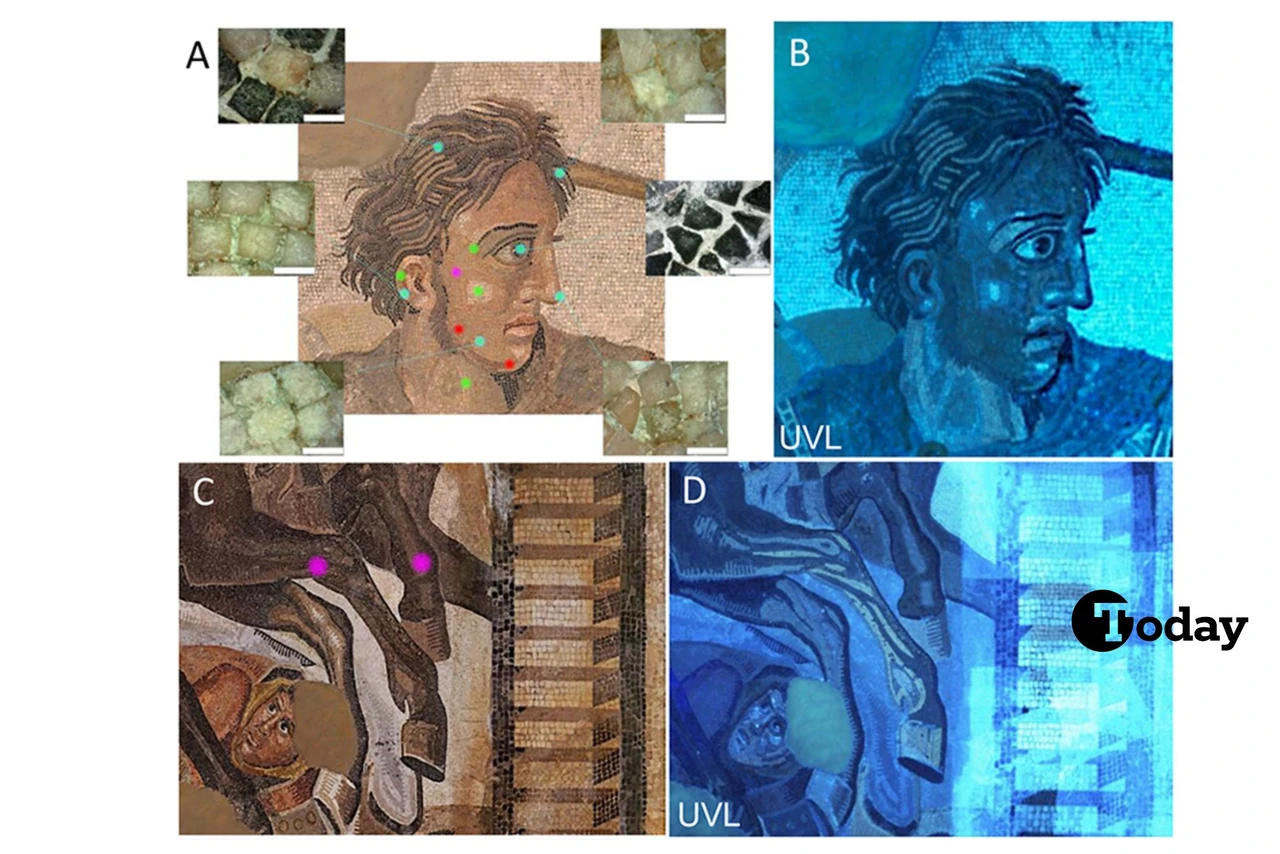 Estimation of external treatments placement by multispectral imaging, with examples of interpolation of multi-technique study, 2025. (Photo via PLOS ONE)
Estimation of external treatments placement by multispectral imaging, with examples of interpolation of multi-technique study, 2025. (Photo via PLOS ONE)
A stunning 2,100-year-old mosaic depicting Alexander the Great‘s legendary victory over Persian king Darius III is undergoing a revolutionary scientific analysis.
Housed in the Museo Nazionale Archeologico in Naples (MANN), the famed Alexander Mosaic is revealing its secrets through cutting-edge non-invasive techniques.
A battle immortalized in art
The Battle of Issus was fought in 333 B.C. near the Pinarus River along the modern-day borders of Türkiye and Syria. Issus was an ancient settlement on the strategic coastal plain straddling the small Pinarus River a fast melt-water stream several meters wide below the navigationally difficult inland mountains towering above to the east in the Turkish Province of Hatay. The battle marked a turning point in Alexander’s conquest. Roman artisans, likely inspired by an earlier Hellenistic painting by Philoxenus of Eretria, recreated the dramatic moment in mosaic form around 100 B.C.
Measuring 5.82 x 3.13 meters and comprising over 1.9 million intricately placed tiles, the masterpiece captures the intensity of war, with Alexander fearlessly charging into the fray as Darius III retreats in desperation.
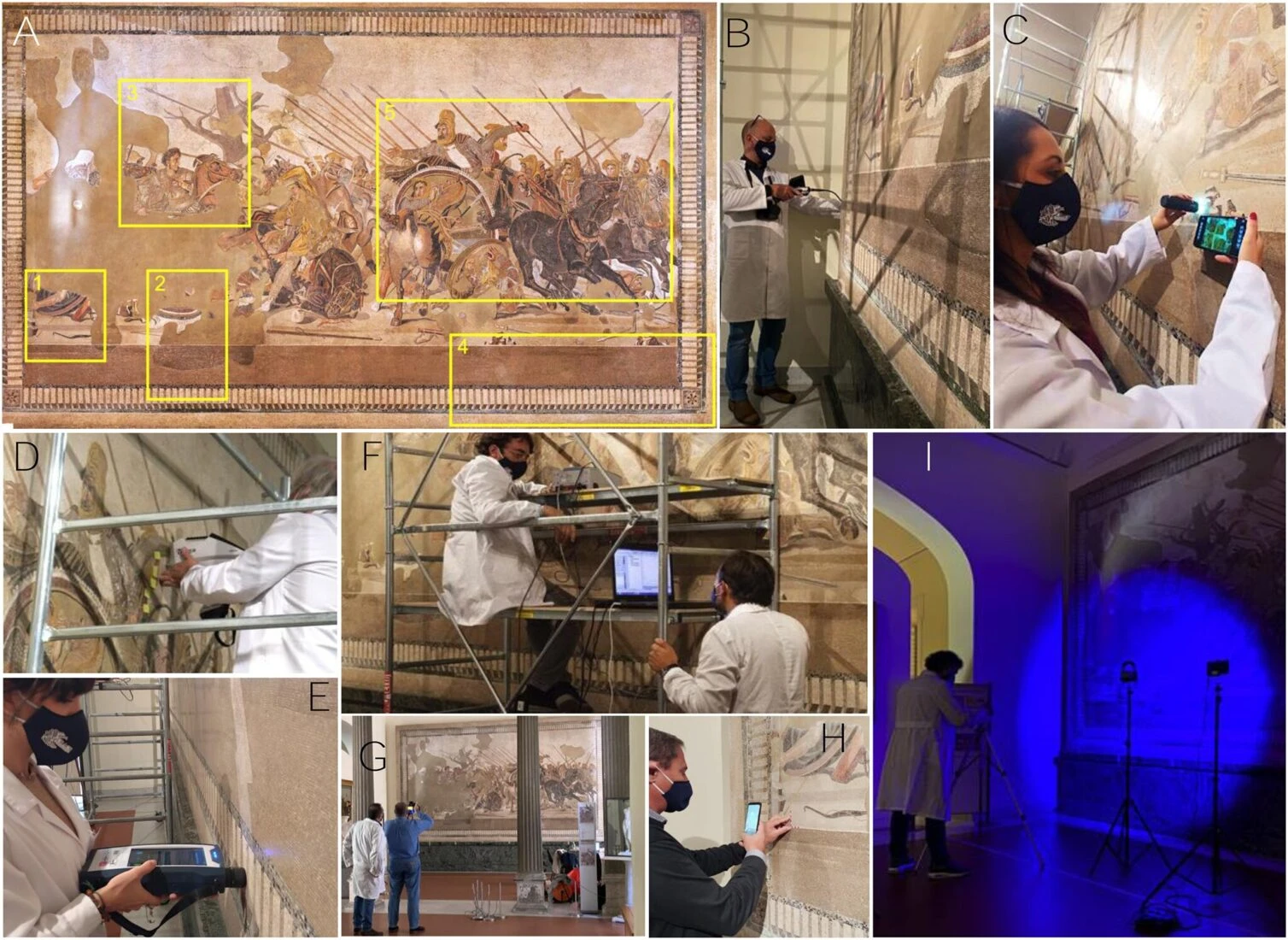
Unveiling hidden details with advanced technology
A team of researchers from the University of Naples Federico II, in collaboration with MANN, is employing state-of-the-art, non-destructive techniques to assess the mosaic’s condition, materials, and historical interventions.
Their findings, published in PLOS ONE, shed new light on the artwork’s composition and vulnerabilities, offering critical insights for future conservation efforts.
Multispectral imaging exposes surface secrets
By analyzing 64 sections of the mosaic, multispectral imaging has revealed intricate color variations, signs of past restorations, and degradation patterns invisible to the naked eye.
This technique also uncovered traces of organic coatings, gypsum, and wax—materials likely applied during 19th-century restoration and transport efforts.
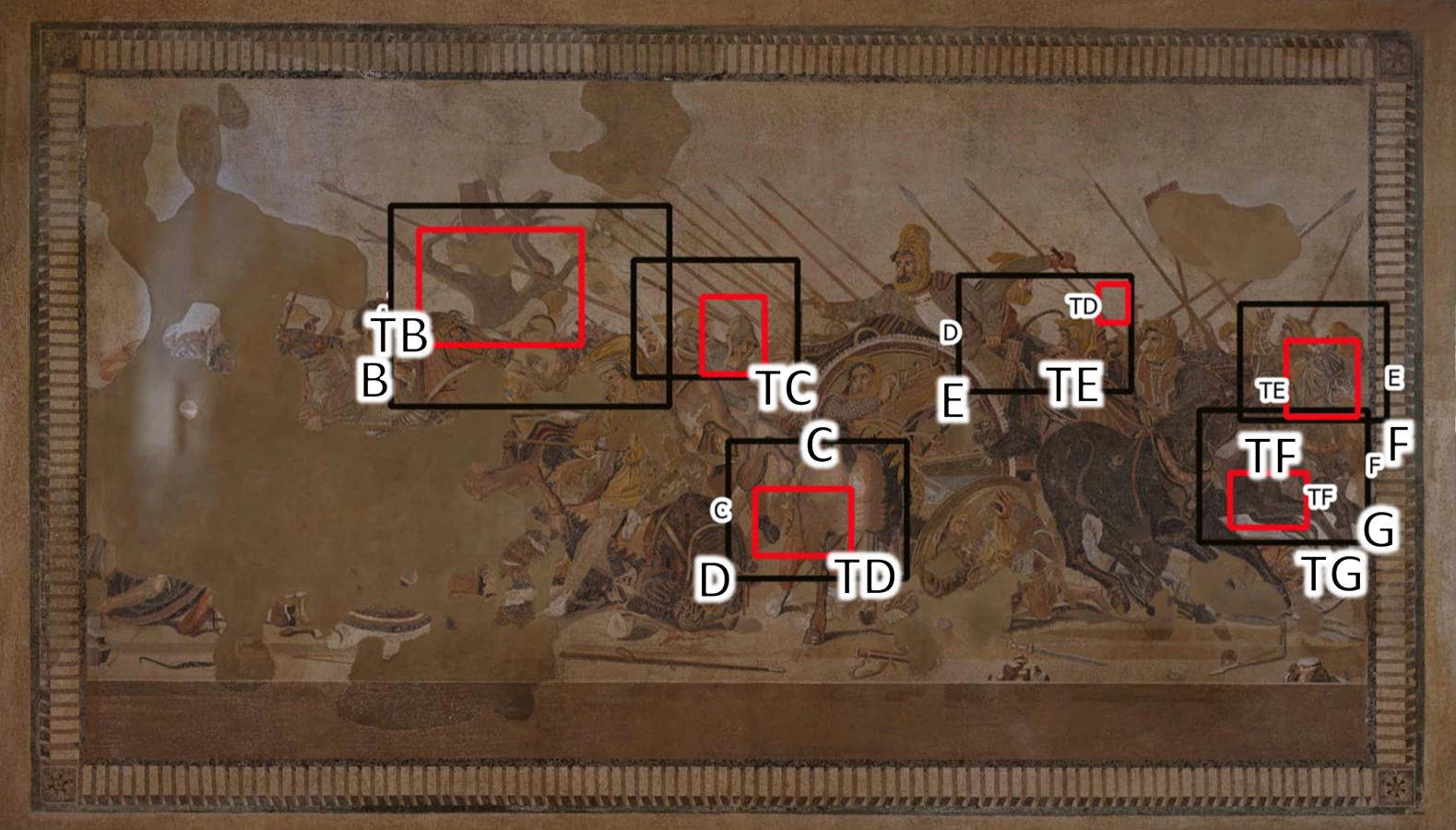
X-ray and spectroscopy reveal chemical composition
Portable X-ray fluorescence (XRF) mapped 144 precise points across the artwork, identifying elemental compositions of the tiles. Fourier-transform infrared (FTIR) and Raman spectroscopy further analyzed the mineral content, confirming that the tesserae originated from a diverse range of sources.
Carbonate-based tiles, including white, pink, and red pieces, were likely sourced from Italian and Mediterranean marbles such as Marmor Lunensis and Marmor Numidicum. Silicate-based tiles, including black and green pieces, may have been extracted from volcanic or metamorphic rocks.
Infrared thermography detects structural weaknesses
Infrared thermography scanned six key sections, revealing temperature anomalies hinting at conservation challenges. These insights provide invaluable data for future restoration, ensuring the mosaic’s structural stability.
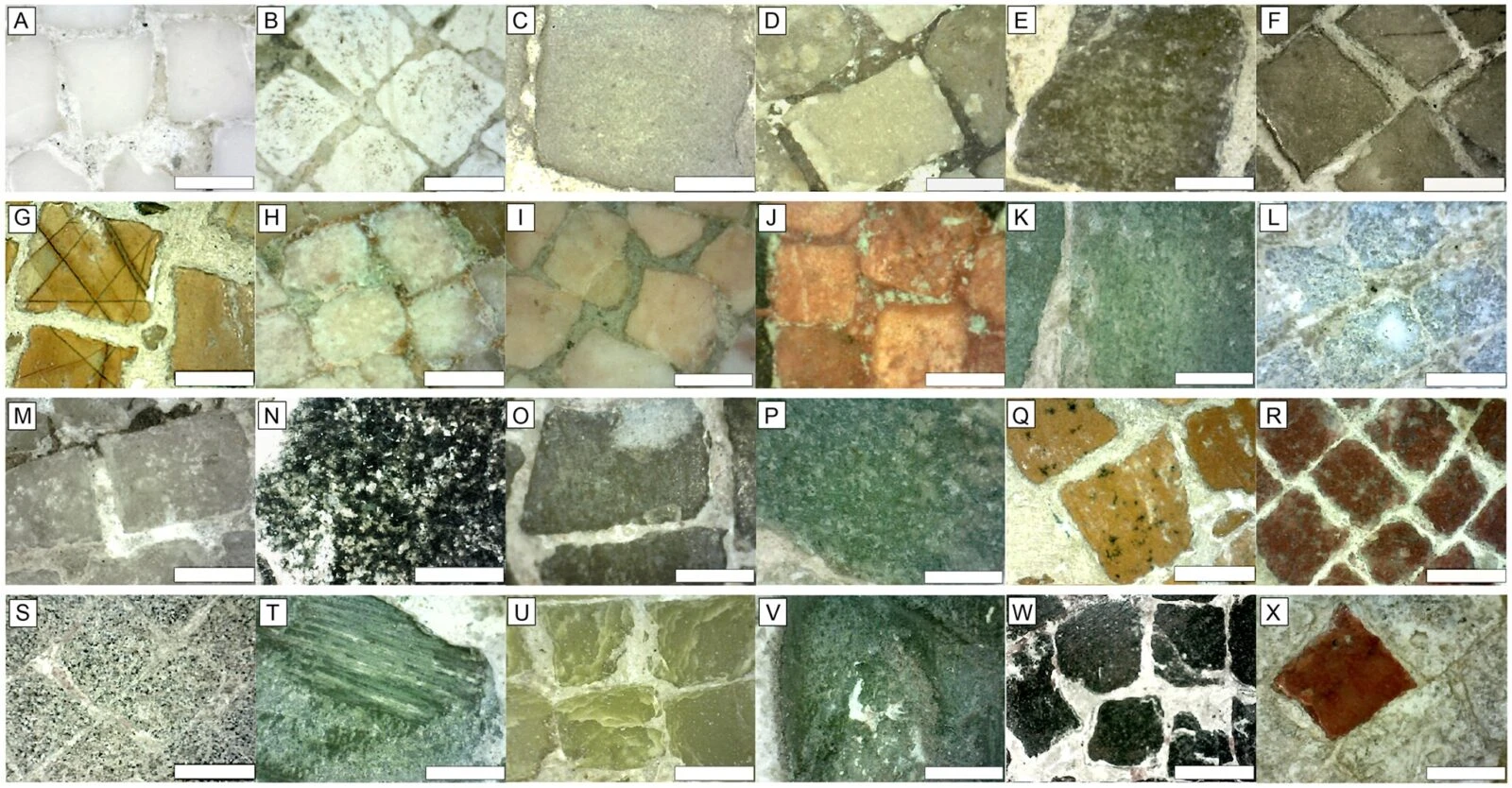
A closer look at Alexander Mosaic’s past restoration efforts
Optical microscopy and endoscopic examinations allowed researchers to inspect the mortar and adhesive materials used in previous restorations. Backside imaging uncovered voids and instability in the mortar, highlighting areas in need of reinforcement.
With further analyses of mortar samples and additional imaging planned, conservation specialists are now equipped with the knowledge necessary to safeguard this ancient treasure for generations to come.
The Alexander Mosaic stands not only as a breathtaking work of art but as a lasting testament to the power of historical storytelling and the brilliance of ancient craftsmanship, especially through the lens of Türkiye’s deep historical connections to Alexander’s campaigns and legacy.


